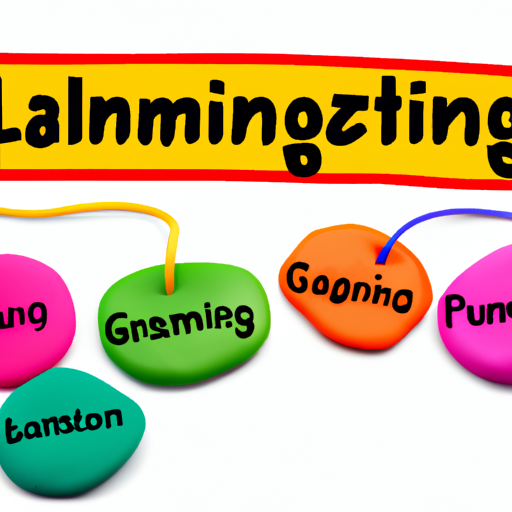In recent years, gamification in learning has emerged as a powerful tool to enhance educational outcomes and engage students more effectively. By incorporating game elements into the learning process, educators are able to create a more interactive and rewarding educational experience.
What is Gamification?
Gamification refers to the integration of game design elements in non-gaming contexts. In education, this means using elements like points, badges, leaderboards, and challenges to motivate students and make learning more enjoyable. The goal is to leverage the natural desire for competition and achievement to enhance the educational experience.
Benefits of Gamification in Learning
Implementing gamification in educational settings offers several benefits:
- Increased Engagement: Gamification can increase student interest, making learning more fun and interactive.
- Improved Retention: Game-like activities can improve memory retention, encouraging students to remember information better.
- Enhanced Motivation: Earning rewards for accomplishments can motivate students to strive for success in their studies.
- Real-Time Feedback: Gamified learning environments often provide immediate feedback, allowing students to learn from their mistakes quickly.
Examples of Gamification in Education
Many educational institutions have successfully integrated gamification into their curricula. Here are some examples:
- Quest-Based Learning: Students embark on quests that require them to complete tasks and overcome challenges to achieve learning objectives.
- Points and Badges System: Teachers can reward students with points and badges for completing assignments, participating in class, and achieving high scores on tests.
- Leaderboards: Class leaderboards can foster a friendly competitive spirit, inspiring students to put in more effort and strive for improvement.
Challenges and Considerations
While gamification presents many benefits, it’s essential to consider potential challenges:
- Overemphasis on Rewards: Students may focus too much on earning rewards rather than the learning process itself.
- Equity Issues: Not all students may respond positively to gamified elements, leading to disparities in engagement and motivation.
- Content Quality: It’s vital to ensure that the gamification strategy enhances learning rather than distracts from educational goals.
The Future of Gamification in Learning
As technology continues to evolve, the potential for game-based learning will only grow. Educational apps and platforms are increasingly incorporating gamification strategies to create immersive learning experiences. As educators become more familiar with these tools, we can expect to see a significant shift in how students learn.
Conclusion
Gamification in learning is not just a trend; it’s a transformative approach that makes education more engaging and effective. By harnessing the power of game mechanics, educators can enhance student engagement, improve retention, and create a positive learning environment. As we move forward, embracing gamification will undoubtedly play a key role in shaping the future of education.
Start exploring gamification in your classroom today, and unleash the full potential of your students!




